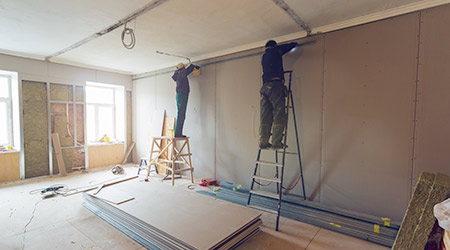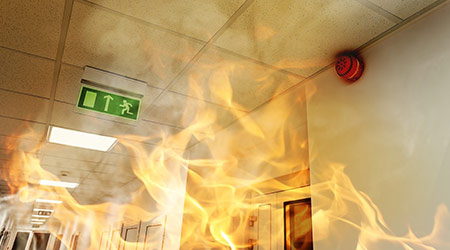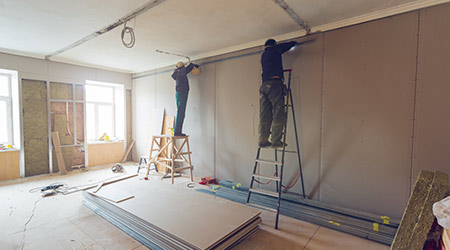
Old Buildings, New Technology Create Questions
June 21, 2018
A range of institutional and commercial facilities are facing a dilemma once thought impossible: keeping aging and underused buildings open despite the rising cost to operate and maintaining them or closing, selling or razing the buildings and, if needed, starting fresh with a new facility sometime in the future.
Many large public universities and K-12 school districts, as well as local and state governments and the federal government, all find themselves in this predicament in their efforts to curtail costs, operate more efficiently and maximize the use of valuable resources. Finding an acceptable answer becomes even more complex as manufacturers roll out technology designed to bring cost and energy-efficiency benefits to facilities.
Read: Smart Buildings: Dashboards and Data Analytics
As cities and private property owners look to make more of their buildings smarter, they face a choice: either modernize existing properties or start afresh. Smart building technology has already been found to save companies up to 18 percent on utility bills, according to a report by the American Council for an Energy Efficient Economy. But experts said the tech can also help with employees’ productivity and mood, according to an article by Smart Cities Dive.
Read: Designing and Implementing a Smart Building
For many companies, the high financial cost typically stands in the way of them simply demolishing their current buildings and redeveloping them with smart technology built in. Perhaps the easiest way for companies to make their older buildings smarter is to use sensors, which Michael Kruklinski, head of region for the Americas at Siemens Real Estate, told Smart Cities Dive can be a "drop in the bucket" in terms of overall costs.
Kruklinski said Siemens uses sensors to help manage their portfolio of older buildings, which can be connected to Wifi to allow for good connectivity. That sensor-based management means the company considers how the space is used.
But older buildings retrofitted with newer technology might not work as well as they could. Arsalan Heydarian, an assistant professor in civil and environmental engineering at the University of Virginia, says that companies can sometimes get frustrated with technology because it can cause more problems than it solves.
This Quick Read was submitted by Dan Hounsell — dan.hounsell@tradepressmedia.com — editor-in-chief of Facility Maintenance Decisions, and chief editor of Facilitiesnet.com.
Next
Read next on FacilitiesNet












